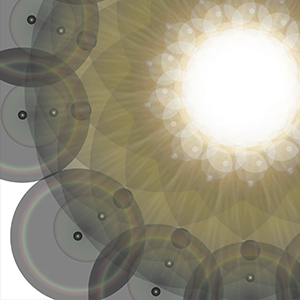The Healing Power of Art: How Fine Art Therapy is Helping People
In a world that often moves too fast, filled with pressure, screens, and constant noise, people are turning to a timeless source of peace and expression: art. Not just as a hobby or luxury, but as a form of healing. Fine art therapy—a practice rooted in psychology and creativity—is emerging as a powerful tool to help individuals process trauma, reduce stress, and reconnect with themselves.
What is Fine Art Therapy?
Fine art therapy is a specialized form of therapy that uses visual art-making—like painting, drawing, sculpting, or collage—as a means of expression and communication. It’s facilitated by trained art therapists who combine knowledge of artistic techniques with psychological theory to guide individuals through their creative journey.
Unlike traditional therapy, where talking is the main focus, fine art therapy provides an outlet for emotions and experiences that may be difficult to articulate with words. Through the creation of art, people can explore and express complex feelings in a safe, nonjudgmental environment.
Who Can Benefit from Art Therapy?
The beauty of fine art therapy lies in its universality. It’s not about artistic skill—anyone can benefit, regardless of talent or experience. Children, teens, adults, and seniors have all found healing through creative expression.
Art therapy is particularly effective for:
- People recovering from trauma: Creating art can help individuals process past events and regain a sense of control.
- Those dealing with anxiety or depression: The act of making art can be calming, grounding, and empowering.
- Patients with chronic illness or pain: Art therapy offers a distraction and an emotional outlet, helping people cope with their experiences.
- Individuals facing grief or loss: Art helps in honoring memories and navigating complicated feelings.
- People with cognitive impairments or neurodivergence: Art can enhance communication and cognitive function.
The Science Behind the Art
There’s growing scientific evidence supporting the mental health benefits of art therapy. Studies show that engaging in creative activities can lower cortisol levels (a stress hormone), increase dopamine (a feel-good chemical), and even help rewire the brain in ways that promote resilience and healing.
Neuroscientists have found that making art activates the reward center of the brain, offering a natural form of relief and joy. For individuals who have experienced trauma, the process of creating can also foster new neural connections, helping to repair emotional pathways.
Real Stories of Transformation
Take Sarah, a survivor of domestic abuse, who found her voice through painting after years of silence. Or Jason, a combat veteran, who began sketching scenes from his dreams as a way to process his PTSD. These are not isolated cases. Across therapy studios, hospitals, and community centers, stories of transformation unfold daily—quiet testaments to art’s extraordinary power to heal.
Bringing Art Therapy to More People
As awareness grows, so does accessibility. Art therapy is now offered in many schools, rehabilitation centers, and mental health clinics. Virtual art therapy sessions are also making it easier for people to connect with therapists from the comfort of home.
Community-based art programs are another powerful avenue, allowing people to come together to create, connect, and heal collectively. Murals, collaborative projects, and public exhibitions born from these programs not only help individuals—they inspire entire communities.
Final Brushstrokes
In a culture that often values productivity over presence, art therapy invites us to slow down, feel deeply, and create meaning. It teaches us that healing doesn’t always require words—sometimes, it just needs a brush, a canvas, and a little courage.
As we face global challenges and personal hardships, the healing power of art reminds us that beauty, expression, and human connection are not just luxuries—they are necessities.

Leave a Reply